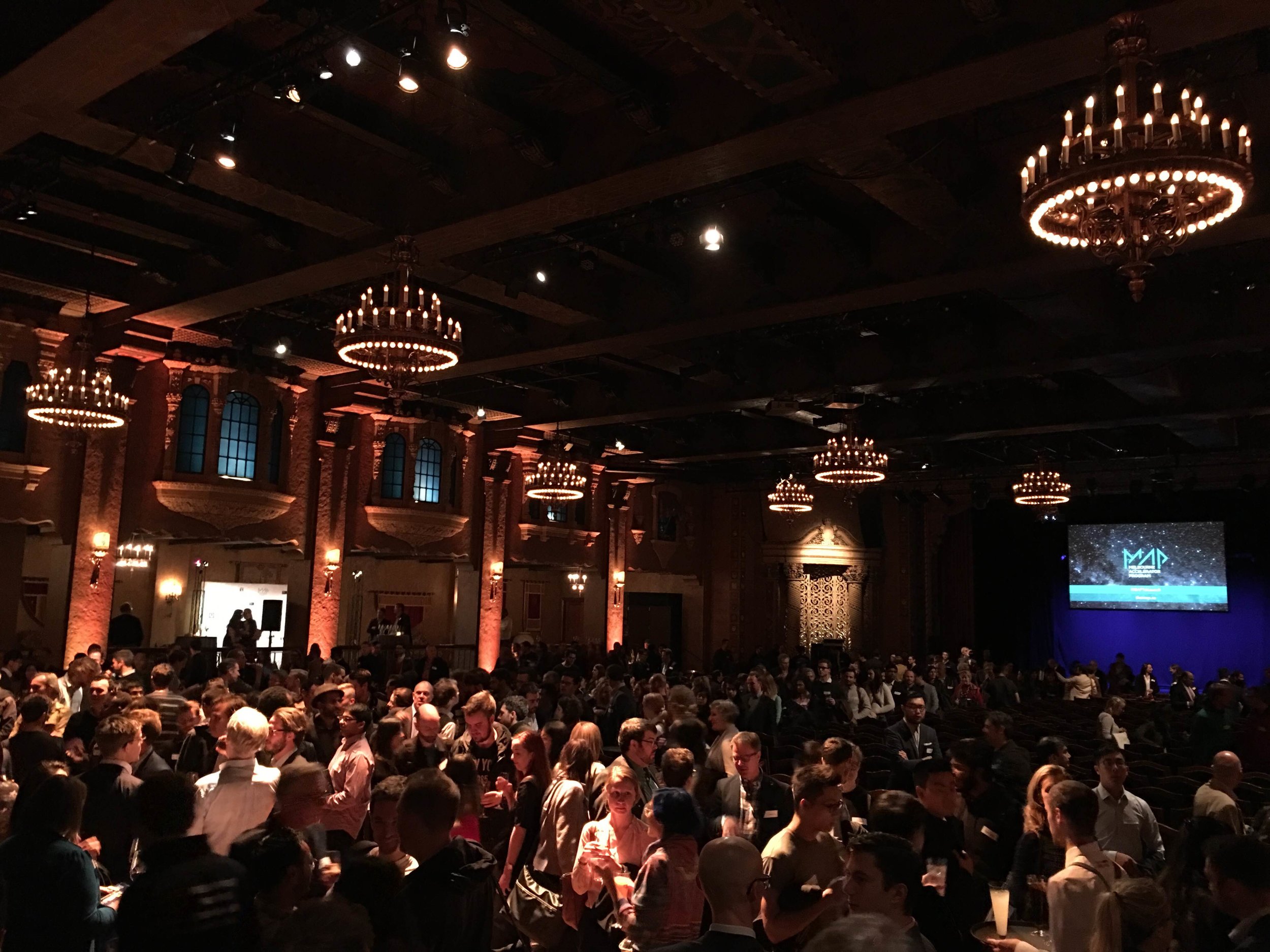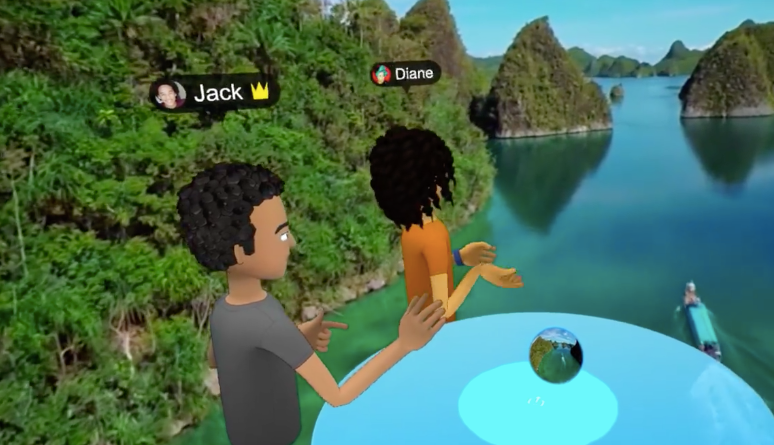First published June 5, 2017
No matter your level of experience – or self-perceived lack of- hackathons are a great way for you to get started in tech.
At hackathons, you meet others interested in a good cause or tech solution for a pressing problem. Think “build a tech product in two days” and you get the idea. They’re usually themed; for example, Healthhack in Melbourne last year; the internationally-run Hacking Health (in Brisbane this year) and even food hackathons and fintech hacks in various cities. You’re usually presented with a problem to solve, either in advance of the event, or at the start of the event itself. Run as competitions, prizes and opportunities are usually on offer, ranging from prize money to course scholarships and introductions to advisors and mentors.
I’d bookmarked a ton of hackathons across Australia that kept cropping up at the wrong time; so it was a nice surprise when I Googled “hackathons” while visiting New York, and found out about AngelHack’s “Women in Tech Demo Day.“
The Flatiron District, Saturday morning! Pic: The Medical Startup
I didn’t know what “Demo Day” meant. Basically, it means the event’s been announced some time ago, and you work on your project solo or with your team members in the weeks or days leading up to the event. This differs from more traditional hackathons, which may run for, say, 48 hours, and working around the clock to build that prototype with your team, even at 3am. I’d signed up to Demo Day the week before, and with my NY schedule already packed, thought, well, no harm in just rocking up and observing if that’s all I can do!
But actually, AngelHack are good at knowing how randoms like me stumble upon opportunities like this. Using Slack, they created streams for each Women in Tech DD (#WITDemoDay) in each city (they also had Washington, D.C and Dallas events that year), so attendees could connect and form teams online, and work on their demos together to present on the actual event day.
There was also room for those who turned up on the day and decided to form a group while at the venue, which is what I ended up doing.
#WITDemoDay. Pic: The Medical Startup
Getting to the venue was exciting enough, being a Big Apple tourist. Held at sponsor Capital One’s offices in the Flatiron District (iconic enough for its own blog post really!), there was mingling amongst women and men of various ages and backgrounds throughout the event. Students, developers, graphic designers moving into code, project managers, professionals from other industries breaking into tech, and the random who flew from Australia (I got a few stares!) were all there. Very refreshing to see men at an event promoting opportunities for women. After an intro and warmup activity (and finding another Aussie!), we formed new groups or got into the ones we’d already arranged prior; and set to work on a tech solution for involving more girls and women in the tech world.
Food, glorious food Pic: The Medical Startup
By the end of the day, wireframes and working prototypes for websites, apps, and even social media companies had formed. I’d made new friends, heard some very inspiring guest speakers, and gotten to soak up the fun atmosphere. Maybe it was the 39-degree heatwave outside, but it didn’t feel ultra-competitive- certainly, other groups had been preparing for weeks or days, and people wanted to win the $20,000 General Assembly course scholarship and other prizes, but for my new group who were talking about Pokemon Go (which was hot at the time), we were just racing the clock to present a simple prototype in time.
The 2016 winners of the Women in Tech Demo Day, NYC! Read more about them at Forbes by clicking on the image. Pic: The Medical Startup
Throwing yourself into a foreign situation like that forces you to quickly get comfortable being uncomfortable. Some of us were enrolling in beginner’s coding classes; others had graduated from computer science degrees and now wanted to use their skills in the real world. Still others had genuinely never typed a line of code in their lives, but wanted to see what it was like. And then it was also interesting experiencing hints of a startup culture in a different country, particularly a world business capital like New York. You learnt a lot in eight hours.
The presentations were really enjoyable. The winner turned out to be the Aussie I mentioned earlier, who presented HerReality, a virtual reality solution for educating girls about careers in tech through the eyes of the narrator. One of the other prizewinning teams was a group that had formed on Slack that same week and met for the first time in person that day! Women@Forbes writer Leah Ginsberg was one of the judges, and was so impressed by the finalists that she wrote about them later on. Imagine forming your team and attending your first hackathon, winning your first prize that same day, AND getting into Forbes! Wow.
I hope all this inspires you in some way to take a chance and try a new challenge. Whether it’s attending your first hackathon or another tech event, it’s great to stretch your boundaries and get a head start on tech terms and startup lingo- and pitching practice. (Not the baseball kind.) (Couldn’t resist.)
AngelHack’s Carlye Greene with guest speaker, entrepreneur and consultant Roopa Unnikrishnan. Pic: The Medical Startup
In the medical world, you can immerse yourself so deeply in medspeak that you forget how to dial it down and share your knowledge with others outside of med. It’s the same with code. I’ve since been to other events where, at pitching time, the audience struggles to understand the real-world application, the one-sentence pitch to non-coder investors and stakeholders, that is buried beneath the tech jargon. I think people are starting to mix more, however, and the cross-pollination of experiences will bring more cohesive events like Women in Tech Demo Day together.
It didn’t matter that it wasn’t a medical event. I learnt a lot and had a great time. And you could argue that improving tech education for girls could help a future nurse, doctor or other healthcare worker use their valuable tech skills throughout their careers!
This year’s AngelHack/Capital One Women in Tech Demo Day is coming up this month; check it out and register at womenintechdemoday.com. Also visit Angelhack.com for other hackathon opportunities around the world.
This may ring a bell for Aussies who have been to Girl Geek Academy events– if you haven’t, register now, they’re run by an awesome team and are branching into the States.
Also check out hackathon.io for lists of other hackathons around the world.



